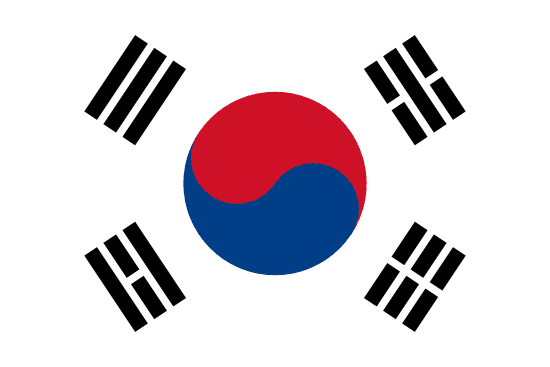"대구는 대구다 | Daegu is Daegu"
About:
Daegu, South Korea, was established as a small farming community during the Bronze Age. It grew in prominence during the Silla Kingdom (57 BC–935 AD), becoming a center for Buddhism. During the Joseon Dynasty (1392–1897), Daegu was an important inland trade hub. The city modernized rapidly in the 20th century, particularly after the Korean War. Today, Daegu is South Korea's fourth-largest city, known for its thriving textile industry, numerous universities, and cultural festivals.
When to visit:
Daegu, a vibrant city in South Korea, boasts a rich cultural heritage and modern amenities that attract visitors year-round. For a truly memorable holiday experience, consider visiting Daegu in the spring or fall months. The city's cherry blossoms bloom in April, creating a picturesque backdrop for leisurely strolls in parks and along streets. In the fall, Daegu's foliage transforms into a kaleidoscope of colors, offering breathtaking views and ideal weather for outdoor activities. Whether you prefer the beauty of cherry blossoms or the vibrant hues of autumn leaves, Daegu is sure to enchant you with its seasonal charms.
When to avoid:
Daegu, South Korea, experiences its peak tourist season during the Chuseok holiday, which usually falls in late September or early October. During this time, crowds flock to Daegu to celebrate the traditional Korean harvest festival, leading to congested transportation, fully booked accommodations, and higher prices. Traveling to Daegu during the Chuseok holiday may result in difficulties in securing tickets for attractions and experiencing long wait times at popular tourist spots. For a more relaxed and cost-effective visit, it is advisable to avoid traveling to Daegu during the Chuseok holiday and consider visiting during the off-peak season.
Winter (December-February)
In Daegu, South Korea, the coldest period is from December to February, with January being the coldest month. Temperatures can drop to -2°C. Snowfall is light but frequent, making the city a frosty spectacle. The wettest period is during the monsoon season from June to September, with July being the peak. The city experiences heavy rainfall, around 395mm, along with high humidity. Cloud cover is extensive, with sunlight hours reduced to around 5.5 hours a day. An average day for a visitor during these periods would involve bracing the cold or navigating through rain showers, with limited outdoor activities.
"Daegu Summer (June-August)"
In Daegu, South Korea, the warmest part of the year is typically from June to August, which is the summer season. The average high temperatures during this time range between 29°C (84°F) and 34°C (93°F). Rainfall is highest in July due to the East Asian monsoon, with an average of 250mm of precipitation.
Sunlight is plentiful in summer, with an average of 6 to 7 hours of sunshine per day. However, the humidity is also high, typically ranging from 70% to 85%, which can make the heat feel more intense. Cloudiness varies, but it's generally less cloudy in the early and later parts of summer, with more cloud cover during the monsoon period.
For a visitor, a typical summer day in Daegu would feel hot and humid. Mornings usually start warm, and temperatures rise quickly, reaching their peak in the afternoon. The heat can feel quite oppressive due to the high humidity. Afternoon or evening showers are common, especially in July. Despite the rain, the city remains vibrant, with lush greenery and lively outdoor activities.
Language:
In Daegu, the most commonly spoken language is Korean, as it is the official and national language of South Korea. A specific dialect known as Gyeongsang, which is distinct to the Gyeongsang region where Daegu is located, is also widely spoken. English is taught in schools and is often used in business settings, making it another commonly spoken language in the city.




